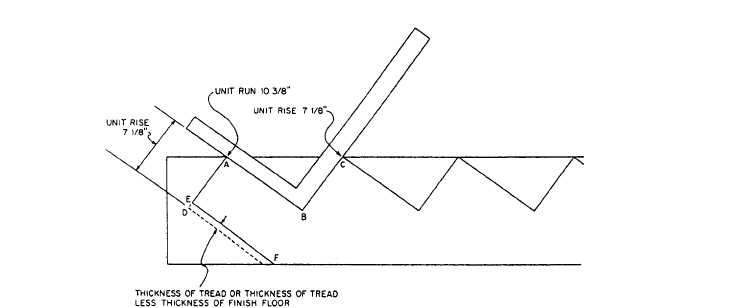Figure 6-17.—Layout of lower end of cutout stringer.
risers. For the stairway shown in figure 6-15, there are
15 risers and 15 complete treads. Therefore, the total run
of the stairway is equal to the unit run times 15, or 12 feet
11 5/8 inches.
In view B, only part of a tread is at the top of the
stairway. If this method were used for the stairway
shown in figure 6-15, the number of complete treads
would be one less than the number of risers, or 14, The
total run of the stairway would be the product of 14
multiplied by 10 3/8, plus the run of the partial tread at
the top. Where this run is 7 inches, for example, the total
run equals 152 1/4 inches, or 12 feet 8 1/4 inches.
In view C, there is no tread at all at the top of the
stairway. The upper finish flooring serves as the top
tread. In this case, the total number of complete treads
is again 14, but since there is no additional partial tread,
the total run of the stairway is 14 times 10 3/8 inches, or
145 1/4 inches, or 12 feet 1 1/4 inches.
When you have calculated the total run of the
stairway, drop a plumb bob from the header to the floor
below and measure off the total run from the plumb bob.
This locates the anchoring point for the lower end of the
stairway.
As mentioned earlier, cutout stringers for main
stairways are usually made from 2 by 12 stock Before
cutting the stringer, you will first need to solve for the
length of stock you need.
Assume that you are to use the method of upper-end
anchorage shown in view A of figure 6-16 to lay out a
stringer for the stairway shown in figure 6-15. This
stairway has a total rise of 8 feet 11 inches and a total
run of 12 feet 11 5/8 inches. The stringer must be long
enough to form the hypotenuse of a triangle with sides
of those two lengths. For an approximate length
estimate, call the sides 9 and 13 feet long. Then, the
length of the hypotenuse will equal the square root of 92
plus 132. This is the square root of 250, about 15.8 feet
or 15 feet 9 1/2 inches.
Extreme accuracy is required in laying out the
stringers. Be sure to use a sharp pencil or awl and make
the lines meet on the edge of the stringer material.
Figure 6-17 shows the layout at the lower end of the
stringer. Set the framing square to the unit run on the
tongue and the unit rise on the blade, and draw the line
AB. This line represents the bottom tread. Then, draw
AD perpendicular to AB. Its length should be equal to
the unit rise. This line represents the bottom riser in the
stairway. You may have noticed that the thickness of a
tread in the stairway has been ignored. This thickness is
now about to be accounted for by making an allowance
in the height of this first riser. This process is called
“dropping the stringer.”
As you can see in figure 6-14, view B, the unit rise
is measured from the top of one tread to the top of the
next for all risers except the bottom one. For the bottom
riser, unit rise is measured from the finished floor
surface to the surface of the first tread. If AD were cut
to the unit rise, the actual rise of the first step would be
the sum of the unit rise plus the thickness of a tread.
Therefore, the length of AD is shortened by the
thickness of a tread, as shown in figure 6-17, by the
6-13

